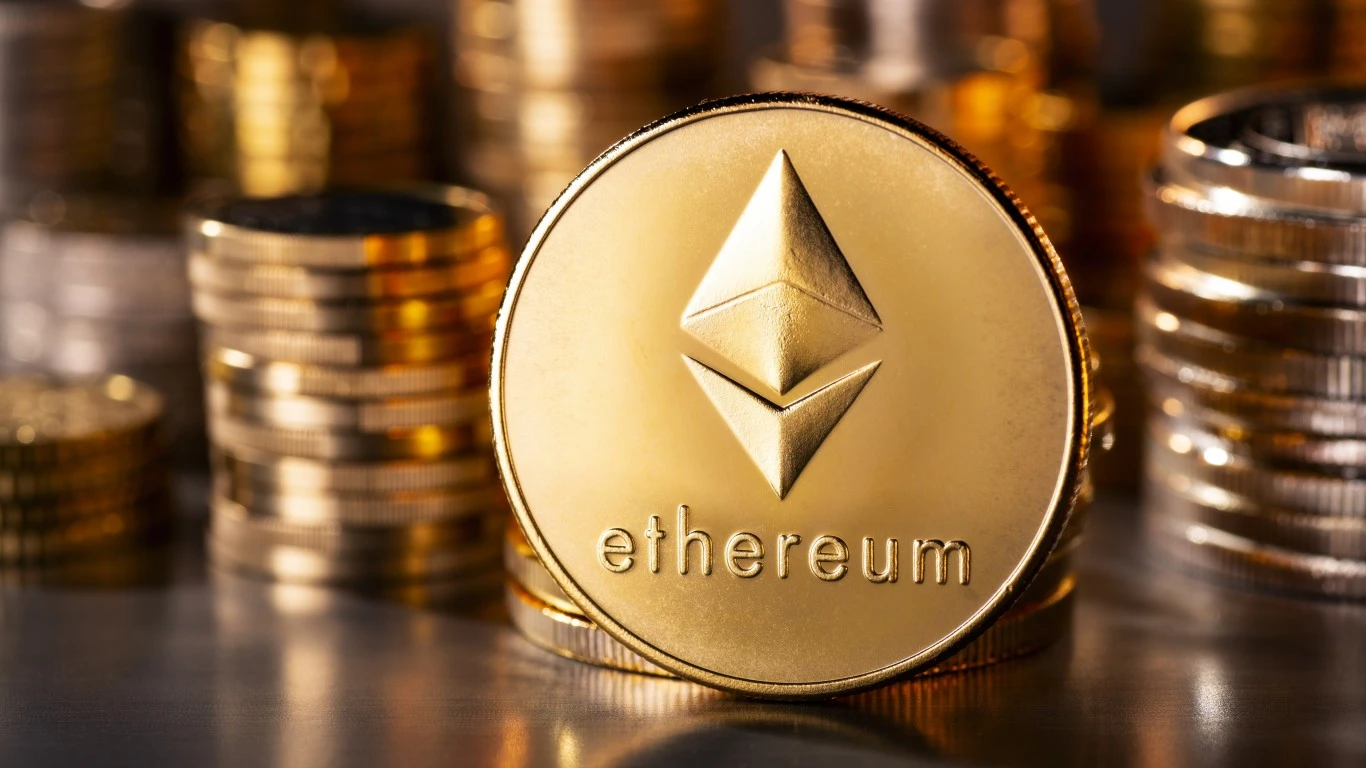
The last couple of years have seen explosive growth in cryptocurrencies. A lot of focus has been on the meteoric rise of Bitcoin. With its total market value surpassing the $1 trillion mark, legacy institutions have finally recognized its staying power in the new global economy and are now debating how to best handle it.
Another question begs though as we move deeper into what some experts call the “make or break year” for the world’s second-largest blockchain network, Ethereum. Could updates to its network trigger a decentralized finance (de-fi) summer for 2022?
Ethereum could be on the verge of realizing its vision for a more scalable, secure, and sustainable network. The completion of what Ethereum calls “The Merge” and the advent of its new consensus mechanism represents a major milestone in its multi-year journey to bring Ethereum 2.0 online.
According to Ethereum’s website, the merge will be shipped this quarter (Q2 2022). While the roadmap still includes a “post-merge ‘cleanup’” to add extra features, the pending merge upgrade “represents the official switch to proof-of-stake consensus.”
Growing buzz
Excitement is building. Google Trends shows interest in the merge has hit a 12-month high, with the worldwide search query “Ethereum Merge” hitting a peak value of 100 on March 28. A geographic breakdown shows that the search term was most popular in Canada, Australia, and the U.S.
“FOMO (fear of missing out) is kicking for ETH pre-merge,” Ilan Solot of Tagus Capital Multi-Strategy Fund told CoinDesk.
Widespread coverage of the climate benefits has also helped, while Bitcoin faces increasing heat over its ongoing mining. The Ethereum Foundation claims Ethereum 2.0 will lower carbon emissions to 0.07 kilograms per transaction (roughly 17,000 times more efficient than Bitcoin), making Ethereum the clear favorite for green investors.
Merge what?
Ethereum will swap from a proof-of-work (POW) consensus mechanism to a new proof-of-stake (POS) method through the merge. Under the current POW model, miners validate transactions on the network by solving math problems. With POS, however, users pledge (or ‘stake’) their tokens to be used for the verification process. They are rewarded with marginally more tokens when a transaction is complete.
Ethereum now operates two parallel chains –the legacy “Mainnet” (based on POW) and the new “Beacon Chain” (POS). Once the two merge, Ethereum’s blockchain will migrate to the Beacon Chain, and staking will totally replace mining as the consensus mechanism.
‘Chain reaction’
The knock-on effects of this ‘chain reaction’ will reverberate throughout the Ethereum ecosystem.
Firstly, the rewards that used to go to miners will start to accrue to stakers, birthing a form of passive investing on the network. Some analysts, like Alex Kruger, predict staking yields in the range of 10% to 15%. That is well above the U.S. consumer price index, which hit a 40-year high of 7.9% in February. This could allow retail investors to offset the rising costs of inflation.
Secondly, the supply of Ether tokens is expected to decline as mining ceases, and that scarcity could appreciate their value. If this trend solidifies, ETH could become a store of value over the long run like Bitcoin has before it.
In addition, many institutional investors who have kept clear of carbon-intensive cryptos are expected to take a shine to the eco-friendly ETH 2.0 once the merge dramatically lowers its carbon footprint.
Price predictions
Cryptocurrency markets are subject to huge price swings, which makes accurately predicting tokens’ exact value extremely challenging. This is even more true for ETH prices, which have been more volatile than Bitcoin since 2018. Despite this, predictions remain helpful as reference points to consider the possible trajectory of a digital asset. Many firms and analysts currently see Ethereum ending the year higher than where it is now in early April.
Mike McGlone of Bloomberg intelligence sees ETH ending the year between $4,000-$4,500. Investor blog Gov Capital’s prediction is also in this ballpark, foreseeing around $4,630 by the start of 2023.
5,000 is at the conservative end of the spectrum for other firms. The latest Coinpedia predictions at the end of March foresee the year-end price ranging from the most bearish outcome of around $4,890 to the most bullish result of roughly $10,870.
There are others who see it falling somewhere in the middle. Algorithm-based forecasting site Wallet Investor predicts Ethereum could end the year at around $5,150. Ian Balina, founder of Token Metrics, (a platform that claims to be the ‘Bloomberg terminal for crypto’) sees it going to $8,000.
Merge Worry
Though many see an upswing, it will likely be a rocky ride whichever way the market goes.
The transition might not go according to plan and could destabilize the network. Analysts like Kryptovault’s Kjetil Hove Pettersen predict ETH will be more volatile than Bitcoin throughout the year.
Focusing on ETH’s price jumps in the short term may grab headlines, but the real takeaway is the merge’s effect on the broader de-fi ecosystem.
“It (the merge) will also make Ethereum a more appealing target for layer 2 Blockchains,” Julien Klepatch, founder of Ethereum learning platform EatTheBlocks, told Wealth of Geeks.
“This will create a bullish market for other altcoins, since there are correlated to Ethereum.”
Ethereum functions as the base layer for almost 3000 decentralized apps. These altcoins range from meme coins like Shiba Inu coin to tokens that finance Layer2 scaling solutions like MATIC to metaverse tokens like MANA. Ethereum also supports countless non-fungible token projects (NFTs), decentralized autonomous organizations (DAOs), and a host of other encrypted technologies. A boost in the value of Ethereum’s overall network could dramatically lift these Layer 2 applications that depend on it.
With so much riding on the merge, the global de-fi community will hope for a smooth transition.
Originally published at Wealth of Geeks
Sponsored: Tips for Investing
A financial advisor can help you understand the advantages and disadvantages of investment properties. Finding a qualified financial advisor doesn’t have to be hard. SmartAsset’s free tool matches you with up to three financial advisors who serve your area, and you can interview your advisor matches at no cost to decide which one is right for you. If you’re ready to find an advisor who can help you achieve your financial goals, get started now.
Investing in real estate can diversify your portfolio. But expanding your horizons may add additional costs. If you’re an investor looking to minimize expenses, consider checking out online brokerages. They often offer low investment fees, helping you maximize your profit.






